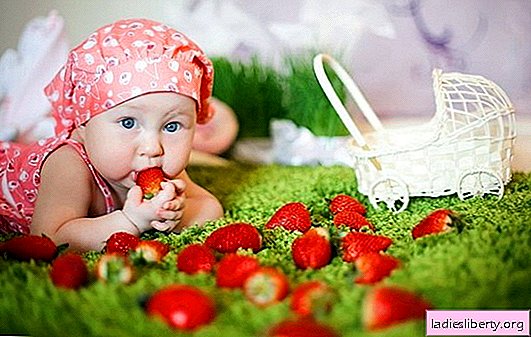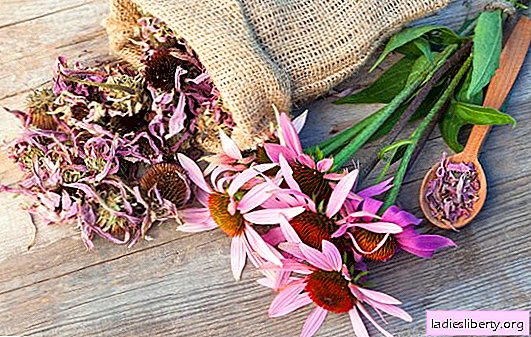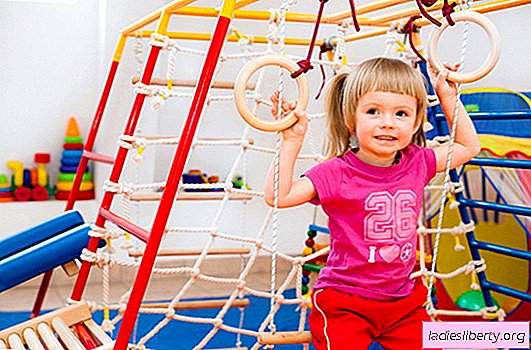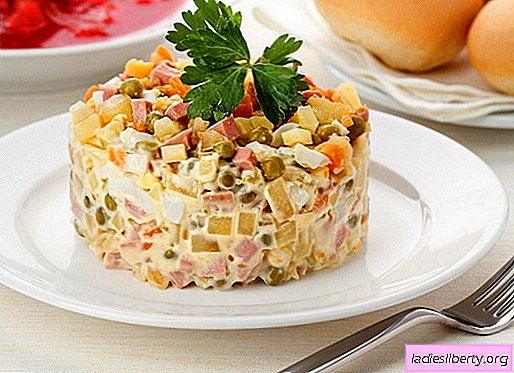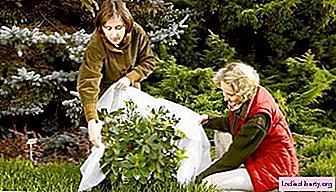
In winter, fruit trees and berry bushes of different varieties are damaged to one degree or another by frost, suffer from temperature fluctuations and other factors. These tips will help amateur gardeners, especially those who have recently started gardening, to preserve the garden and get a rich harvest in the future.
First of all, from frosts: most often the aerial part of plants suffers. In apple trees and pears, annual branches and shoots, fruit bags, trunks and branches of skeletal branches are frozen. In stone fruit trees, fruit buds, as well as the ends of annual shoots, often freeze out. In severe winters, the aerial part of the stone fruit trees completely freezes along the line of snow cover. If it is not there, the temperature of the soil can drop to -9-16 ° C, and then the root parts of trees of different species are damaged and even die (freeze out).
In addition, dangerous injuries such as sunburns, as well as frost bones of trunks and branches of skeletal branches, are very common. With frost-holes on the bark, one can see deep longitudinal cracks of different lengths. The bark along the cracks exfoliates from the wood, increasing the size of the wounds. Most of all, trees that do not finish their growth on time and the wood has not matured suffer from this. The degree of damage depends on the age, variety, and also on the height of the tree trunk.
Berry crops also suffer from frost. In snowless and lightly snowy winters at an air temperature of minus 13-16 ° C, strawberry plantations are severely damaged or completely frozen out, and in winters with sharp temperature fluctuations, raspberry plantations often die. Currants and gooseberries are characterized by high frost resistance. Their root system can withstand temperatures up to 18 degrees below zero.
To increase the winter hardiness of fruit trees, it is necessary to create conditions for intensive plant growth at the beginning of the growing season and timely completion of the ripening of wood and the accumulation of nutrients in the second half of the growing season, followed by a transition to a dormant state. Of great importance for this is the optimal uniform supply of plants with water throughout the summer and autumn. Under such conditions, the physiological state of trees and bushes improves significantly, which contributes to their winter hardiness.
The cultivation of the garden with uneven or limited moisture and drought, on the contrary, worsens the condition of plants, which consequently end their growth early. A premature cessation of growth reduces their winter hardiness. Limited and uneven moistening, as well as waterlogging of the soil in the garden, leads to damage to the bark of the trunks and branching of branches by sunburn, to freezing of the root system.
Nitrogen fertilizers applied in early spring or late autumn at the required doses (600-900 g per hundredth depending on soil fertility) also contribute to improving tissue properties, which reduces the negative effect of overheating and reduces the likelihood of tree damage. Fertilizing improves plant growth processes, contributes to the accumulation of nutrients, increase winter hardiness.
Phosphorus-potassium fertilizers increase the resistance of bark and cambium tissues to adverse environmental factors. Trees systematically fed by them (900 g of phosphorus and 120 g of potassium per one hundred square meters) are less damaged by sunburn. The danger of winter damage increases after a strong anti-aging pruning of trees, as a result of which growth processes are enhanced and tissues do not mature. Only moderate pruning ensures the normal growth of annual shoots and the timely completion of growth processes, which helps to increase frost resistance.
Most of all they experience winter damage to the late-ripening apple variety, especially Renet Simirenko, Idared, Jonathan; from autumn grades - Renet Landsbergsky, Parmen golden.
An important technique that reduces damage to the trunk and branching of skeletal tree branches is the grafting of live bait of non-winter-hardy varieties into the crown of trees of resistant varieties. High winter hardiness among apple varieties is noted: Antonovka, and among pears - forest pear. Frosts and sunburns often damage cherries, plums, and apricots. Therefore, it is important to choose seedlings for the cultivation of the most frost- and winter-hardy varieties. It should be taken into account that more damage than low-stem trees is experienced by high-stem trees.
In order to resist frost bouts and sunburn of trees, it is necessary to reduce the sharp temperature fluctuation in the tissues of the trunk bark and branches on sunny days in winter and spring, and to limit the access of intense sunlight to the surface tissues of the bark. Along with the formation of trees with low boles, this can be achieved in several other ways.
Late in the fall (late November to early December), trunks and branches of skeletal branches of young and fruitful trees are whitened with 20% lime mortar or lime with copper sulfate (2 kg of lime, 500 g of vitriol per bucket of water). It is also possible to use water-based paint (BC-511, EVA-27A, VD-KCh-577), which is applied to the surface of trees in the fall before the onset of frost and lasts for up to three years, protecting against burns. It is advisable to spray with lime milk the entire crown. Then the bark of all branches and the trunk of the tree, as well as fruit buds, will be protected from sunburn. It is especially useful to spray the entire crown of such trees as apricot, cherry, winter varieties of apple trees.
To prevent damage to the trunks of young trees, it is recommended for the winter to tie them with reeds, stalks of sunflower, corn, thick white paper. It is most advisable to use different polymeric materials for tying trees - perforated (with holes) milk-white polyethylene films that retain their mechanical properties for 4-5 years. The binding should be loosened regularly so that with the growth of the stem in width between the film and the surface of the bark of the trunk, a space of 1-2 cm remains. This is done for normal gas exchange. But it is best to use plasticized nets that withstand 5-6 years of continuous use.
It is inexpedient to bind the trees with continuous transparent and dark-colored polymer films, roofing felt, because then, as a result of the "greenhouse effect", the bark is very hot. So, at an air temperature of minus 2-3, the temperature of the bark can increase to plus 30, which even leads to the death of trees. In order to protect the trunks from sunburn and damage to young trees by rodents, in no case should you use oil and other substances containing fats. Fat enters the tissue, disrupts gas exchange and leads to the death of cortical tissue, cambium cells.
In snowless and lightly snowy winters, to protect the root system from freezing (especially on light sandy loamy soils), mulching of tree trunks with peat, sawdust, humus with a layer of 10-12 cm is used. If enough snow has fallen, it is poured and compacted around the tree trunk, making snow shafts, install shields so that when the snow melts, melt water does not drain onto the side of the road. Grapes, lemongrass, actinidia, roses need to be tilted to the ground and covered with snow, sawdust, peat.



